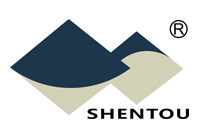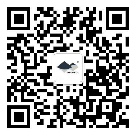CHINA AUTOMOTIVE SUPPLIER QUALITY MANAGEMENT BRIEFING
08/01/2021
Vol. 5, No. 8, August 2021

① QUALITY CHALLENGES & SOLUTIONS WITH YOUR SUPPLIERS IN CHINA
Factory Audits & Quality Inspections
During & Post COVID-19:
On-site Supplier Audits + Remote Participations by International Buyers (IV)
(Continued from the last issue)
Audit scope
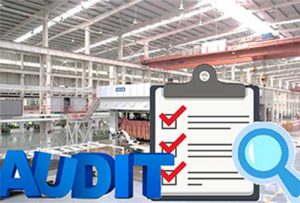 Audit scope refers to the scopes of a specific audit area, function, process and product.
Audit scope refers to the scopes of a specific audit area, function, process and product.
Generally, the quality management system audit should cover all the processes and functions of suppliers; Process audit mainly focuses on process characteristics, control capability of important processes and processes related to customer products; Product audit mainly focus on the characteristic control of the purchased products; When It is found that the supplier’s performance is weak during the audit, it is necessary to audit the projects or processes with poor performance. For example, if the supplier always delays delivery, an audit should be conducted on the delivery process, including the supplier’s quality performance evaluation index (delivery timeliness), production plan completion rate, etc.
Auditor selection
Qualified auditors are required to have national CCAA registered ISO9001:2015 qualifications, also pass the IATF16949:2016 training examinations by professional institutions, fully understand the product production process, and familiar with the five major tools (PPAP, FMEA, SPC, MSA). Then based on the scope of the audit, auditors who meet the professional requirements are selected to participate in the audit. Generally, the skills of auditors can be determined by their qualification, education level, work experience and audit experiences. For suppliers with high customer requirements, strong safety-related products and high importance, the audit team members can be organized into multi-functional teams, which can conduct a comprehensive and in-depth audit on suppliers.
▌Audit checklist compilation and audit completion
Audit checklist is compiled by the auditors. For different types of audits, the audit checklist is different. For an IATF16949 2nd party audit, the checklist will be based on the IATF16949:2016 standard, covering the audited party’s quality manual, procedure documents, operational documents and related records, relevant national, industry or local laws and regulations,etc.
The audit is then performed on each department in turns according to the planned audit checklist and audit records are made.
At the end of the audit, the audit team reviews the audit findings, summarizes the items in compliance, and indicate the audited sites, functions, processes or requirements. Each audit finding and its evidence of conformance should be recorded. Nonconformity (NC) and their supporting evidence should also be recorded. NCs shall be classified, fully communicated to the management of the audited party in a timely manner and reviewed by the management representative of the audited party.
The audit checklist uses a scoring system to evaluate whether the supplier meets the requirement that “process formed in relation to product quality”. The evaluation conclusions can be grouped into the following three cases:
A. The audit is approved and the supplier can be included in the list of qualified suppliers.
B. The nonconformities discovered in the audit need to be rectified, the NCs closed after the submitted evidences are verified, and only then can the supplier be included in the list of qualified suppliers.
C. The audit is rejected.
The system audit report mainly includes: supplier basic information, audit checklist (including scores and grading), NC List, correction plan, factory photos (overview, certifications, main production and testing equipment, sample room, warehouse, main production workshops, laboratory, etc.).
Process audit report mainly includes: control plan, compliance audit of control plan, NC list, and correction plans. The process audit is not scored.
Product audit report mainly includes: product overall inspections (such as specifications, models, packaging quantity, packaging requirements,label, etc.), sampling plan, sampling number, inspections of quality characteristics (such as: surface treatment, material, appearance defects,etc.), performance testing (such as metallographic structure, tensile strength,heat treatment hardness, coating thickness, etc.), full size inspections, reliability testing (such as RoHS), etc. There is no scoring for product audit.
▌Summarize the audit results after the audit
If it is a QMS audit in the automobile supply chain, we will undertake the audit according to the ITAF16949:2016 standard and the audit plan and checklist prepared by the audit team leader. The audit process needs the cooperation of the company senior management and the audit guide. Process audit will be conducted based on the control plan of the whole production process or a special process, depending on the customer requirement. Sometimes a process or product audit could be undertaken according to VDA6.3 and VDA6.5 standards when requested by customers in some European countries.
During the audit, the audit team shall keep communicating with the company management on the audit results and the audit report. The auditee is also required to submit the corrective and preventive plans. And the conclusion of the audit must be summarized.
▌Verify the corrective effect and close the nonconformities
The second party audit of the supplier is not finished after the audit report is submitted, but only after the NCs discovered on-site are closed after the evidences provided by the supplier are verified. The closing time of NCs depend on the nature of NCs, the difficulty of rectification and the importance the supplier has placed on rectification.
(To be continued)
By Felix SS YUAN
② CRITICAL FAILURE MODES / QUALITY CONTROL POINTS IN FOCUS
Vehicle Speed Sensor
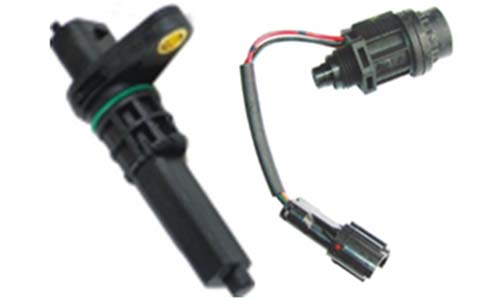
As the information source of the automotive Electronic Control System, vehicle speed sensor is not only the key component of the automotive electronic control system, but also one of the core research areas in the field of automobile electronic technology.
The sensor detects the running speed and rotary speed of the electronically controlled vehicle. The ECU uses this input signal to control various functions, such as the engine operation, automatic transmission shift, opening and closing of the engine cooling fan, cruise speed and so on.
▌Classifications of speed sensors
●Magnetoelectric speed sensor
●Hall type speed sensor
●Photoelectric speed sensor
▌Primary failure mode
●The engine speed is unstable or the engine does not run;
●The accuracy of speedometer is distorted or with no indication. ABS, ESP and other functions fail;
●The instrument light will illuminate to indicate the corresponding fault;
●Cracks in the plastic shell, and rust corrosion at the metal position.
▌Main reasons
Aging of the coil, foreign matters on the ring, broken or short circuit of the coil or wire, etc.
▌Preventive measures
Focus on raw material requirements and inspections, such as the insulation performance and durability requirements of coil wires and wires. High-end products generally use Japanese or German copper wires. In addition, the acid and alkali resistance, high temperature resistance and aging properties of plastic parts should be tested and verified.
By Andy RS ZHANG
③ KEY CONCEPTS & PRACTICES IN SUPPLIER QUALITY MANAGEMENT
Pre-shipment Inspection
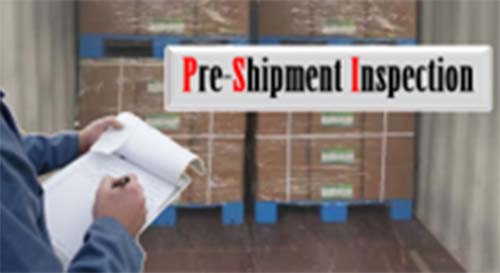
Pre-shipment inspection (PSI) is the quality control inspection before the goods are shipped. It is performed when the production is finished and the products are packed, or when most of the order has been produced and packed. The goal is to assess the overall quality of the products and catch any quality issues before the shipment.
Typically the PSI is based on the pre-determined acceptance criteria that have been agreed to by the customer.
Before the PSI, it is important to define the Acceptance Quality Level (AQL), i.e. how many samples should be picked and inspected (unless of course the goods need to be 100% inspected) and where is the limit between acceptability and refusal when defective products are found.
④ CHINA INDUSTRY & MARKET UPDATE
Cost of raw materials:
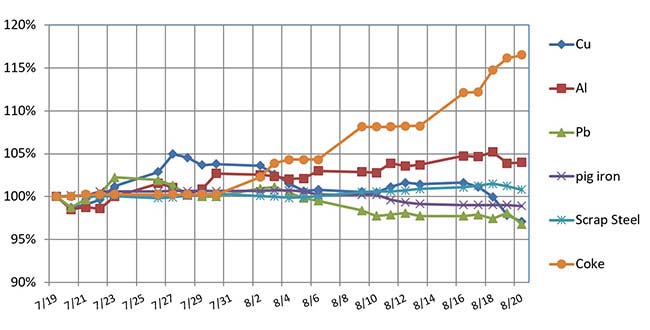
Exchange rates:
![]() USD/RMB: 1:6.4794
USD/RMB: 1:6.4794
![]() EUR/RMB: 1:7.6309
EUR/RMB: 1:7.6309
![]() RUB/RMB: 1:0.0875
RUB/RMB: 1:0.0875
August 2021
Remark: Exchange rates are 30-day average from July 17 to August 26
The above information is for reference only
⑤ IT HELPS TO KNOW...
China Supply Chain Alert
The Delta variant of the COVID-19 has hit China. Over the past month, several cities in China have reported newly-discovered cases ofthe Delta variant. So far the total numbers of the cases have reached over 1000. With the Government’s policy of zero tolerance, many parts of China have been locked down. So far the efforts seem to be succeeding and the situation is expected to gradually recover.
The impact of the recent Delta variant outbreaks in China on the automotive industry has largely been on the limitation of people trying to visit factories in different cities, especially with cross-provincial visits. So far we have received no reports of production disruptions from any of the factory that we know of.
The Delta variant did bring very serious impact to China’s logistic industry, as one case was reported on the 11th of August in one of the container terminals of the Ningbo Port, the 3rd busiest port in the world. That terminal has been closed down to stop the further spread of the virus, and negative ripple effects on the overall global shipping industry is expected.
Overall, among the top three factors challenging the Chinese export community, i.e. the increase of raw material costs, the high exchange rate between USD and RMB and the high international freight, the current major pain spot seems to be the lack of available spaces on many international shipping routes. We’ve read numerous reports where abnormal volumes of finished goods are just sitting at the factories’ warehouses for weeks or sometimes months, simply because the shippers are not able to make booking swith for shipping.
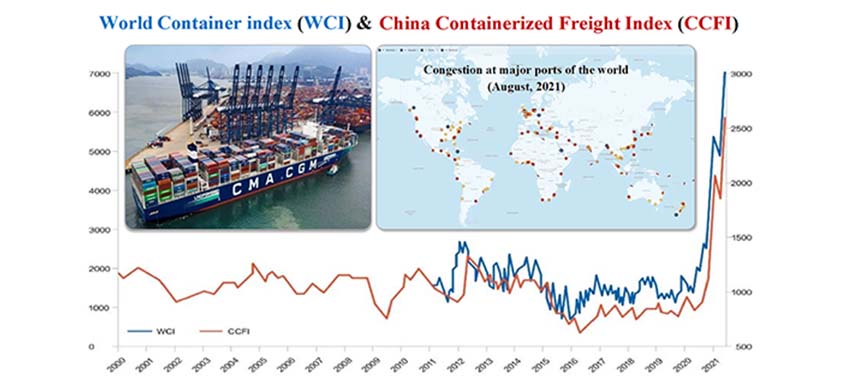
SHENTOU SUPPLY CHAIN MANAGEMENT CO. LTD. is a Shenzhen, China, based company serving international automotive clients in the implementation of their China strategies and programs. CHINA AUTOMOTIVE SUPPLIER QUALITY MANAGEMENT BRIEFING is a bi-monthly newsletter published by Shentou to address the specific and unique quality challenges and concerns international automotive companies face with suppliers in China. Comments are welcome at qms@shentou.com. Click here to subscribe.
